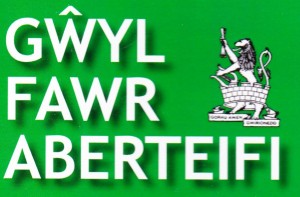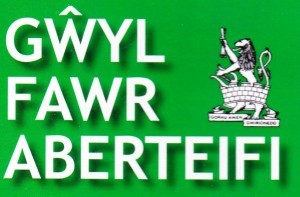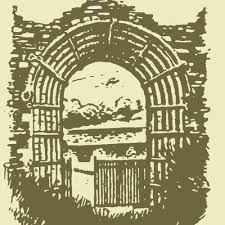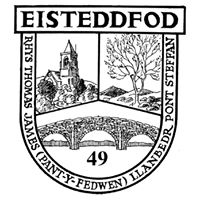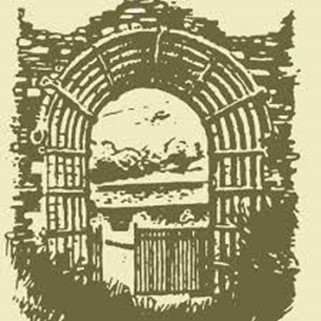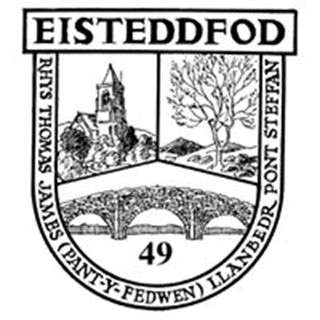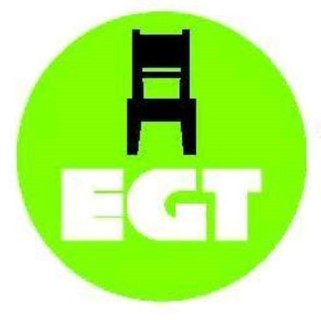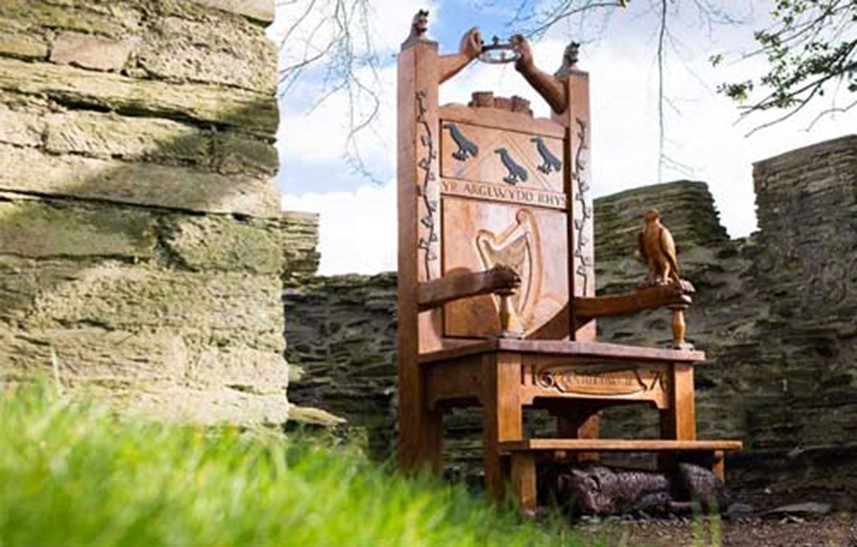
The castle at Cardigan has undergone a major restoration, and now hosts many events including music, food and craft fairs as well as classes to learn Welsh and harp playing. There is a permanent exhibition at the castle explaining the traditions of the Eisteddfod and ceremonial items which we are not able to view so closely are on display.
Eisteddfod ceremonies
A proclamation ceremony is held the year before the National Eisteddfod visits an area. The ceremony is usually held among the stones of the Gorsedd of Bards. Spot these at Aberystwyth (in the castle grounds) and in parks in Cardigan and Lampeter. 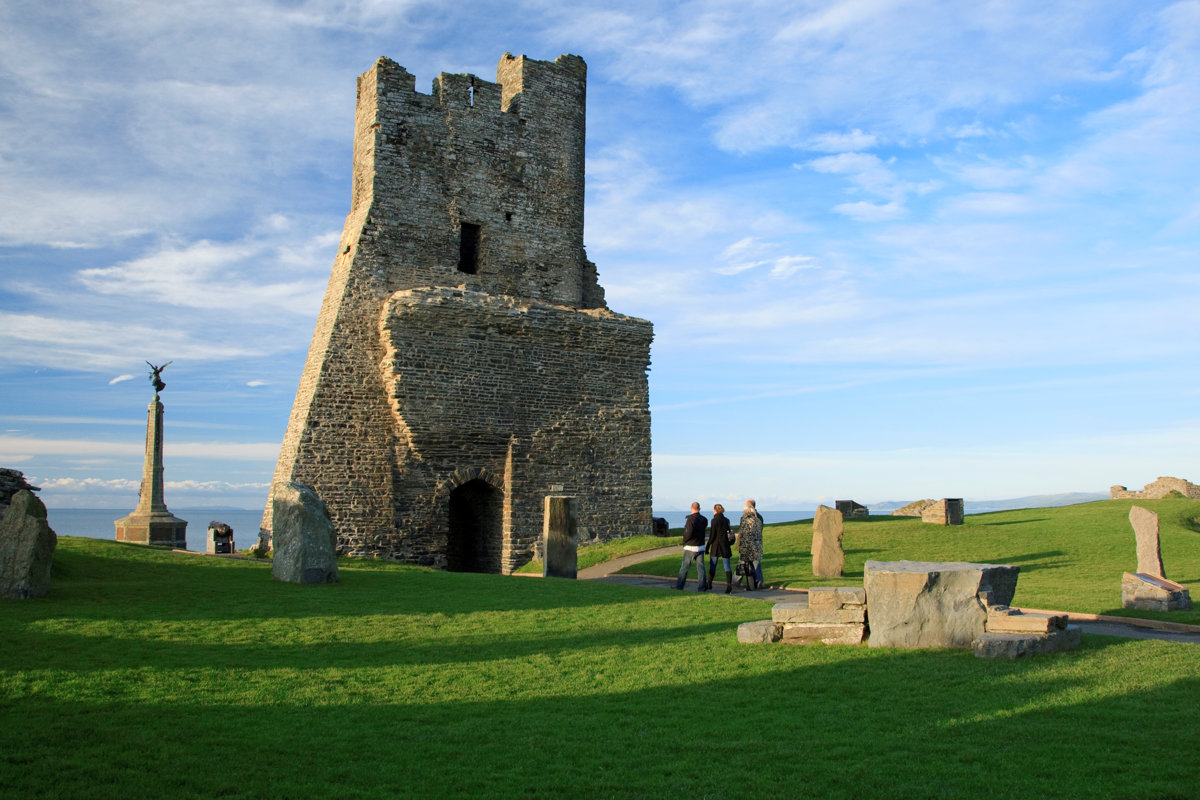
There are several ceremonies held during the eisteddfod week. The most prestigious is the 'chairing' of the bard. Each year a new chair is designed, for the winning poet to keep. You can see a collection of eisteddfod chairs at the National Library of Wales. The chairs are intricately carved with symbols - can you spot which one of these imposing Eisteddfod chairs that was donated by the Welsh community of New Zealand?
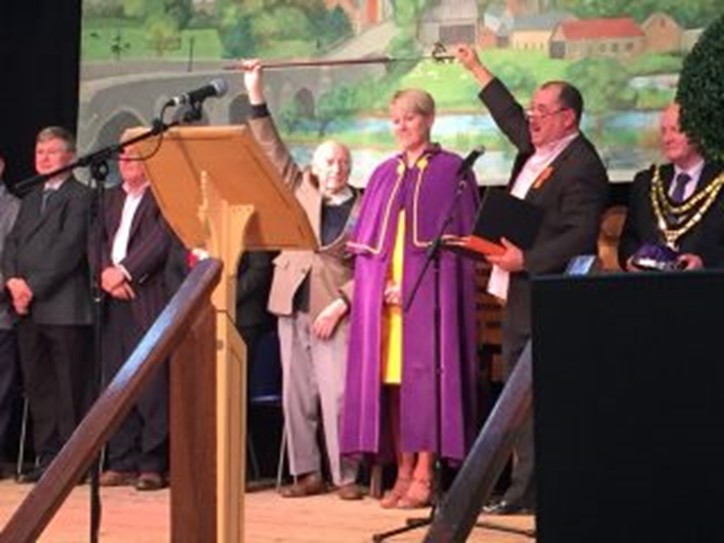
Experience an Eisteddfod in Ceredigion
Today, the modern eisteddfod is a festival where competitions in poetry, reciting, dance, drama, arts and craft and much more are held. Ceredigion has a strong Eisteddfod tradition, with Eisteddfodau (more than one eisteddfod) held in towns and villages all over Ceredigion. They are part of the family of eisteddfodau held around the world from Australia to Patagonia.
By visiting an eisteddfod you will witness an authentic and traditional Welsh language community event which showcases the living culture of the area.
Competitions can usually be grouped into two categories:
• competitions on stage (e.g., singing, recitation, acting, dancing, musical instruments)
• competitions judged before the day of the eisteddfod (e.g., literature, arts and craft).
Most village eisteddfodau are held on Saturday in a chapel or village hall. Some last an afternoon and evening whilst others last a whole weekend.
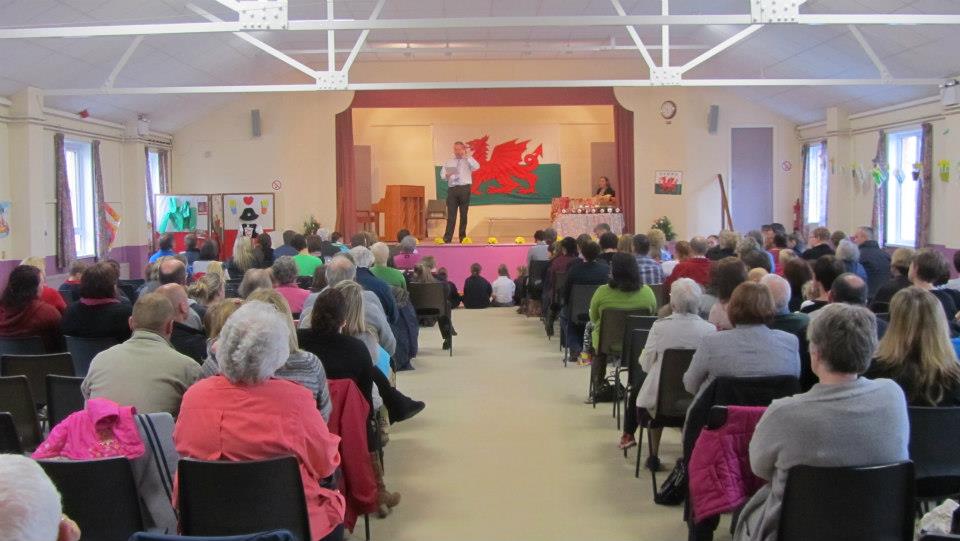
The eisteddfod ‘season’ is usually between September and mid July with a break in August when the National Eisteddfod is held. You can enjoy a feast of singing and recitation, all in Welsh, and be entertained and enchanted by accomplished local talents and even some future stars.
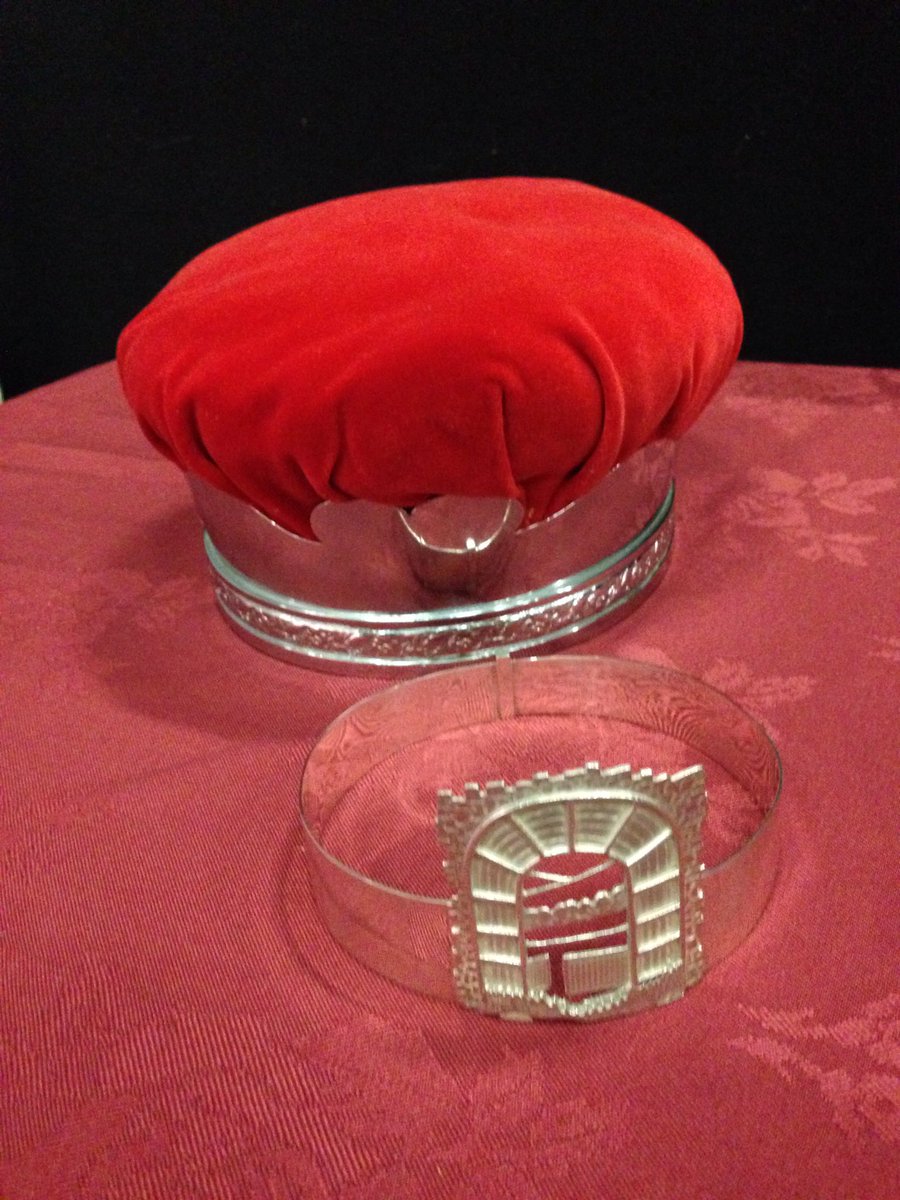
The most prestigious literary prizes at an eisteddfod are the bardic chair and the bardic crown, one won for an ‘awdl’ poem written in strict metre, and the other for work in ‘vers libre’. Several Ceredigion poets have won these highest of accolades, but only a handful of poets have ever managed to win ‘the double’ of both Eisteddfod chair and crown. One of these is Donald Evans of Talgarreg, who achieved this feat not once, but twice.
Local eisteddfod winners have gone on to become national and even international stars. Competition at the annual Young Farmers’ eisteddfod is also keen, with competitions ranging from serious literature and music to comedy.

